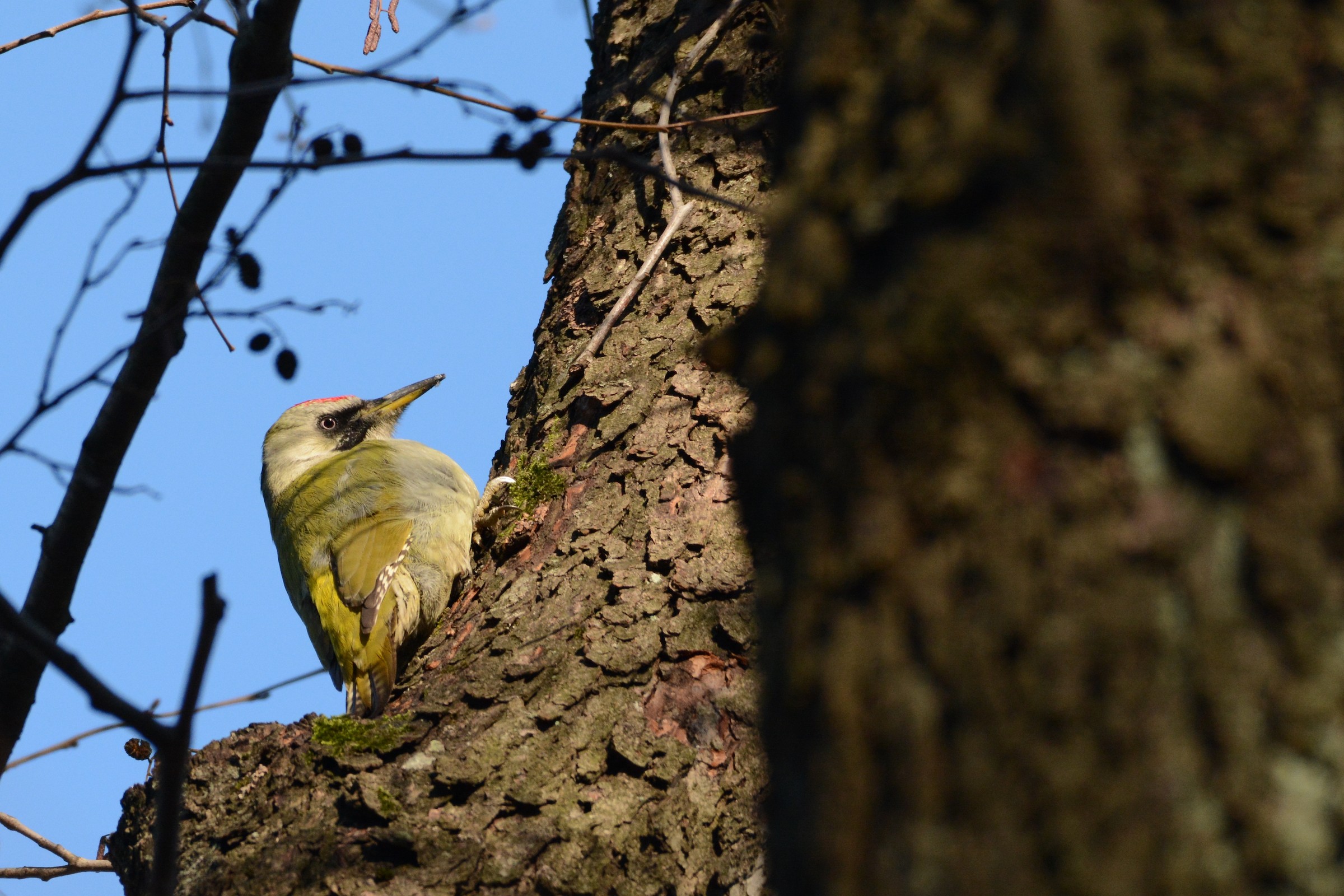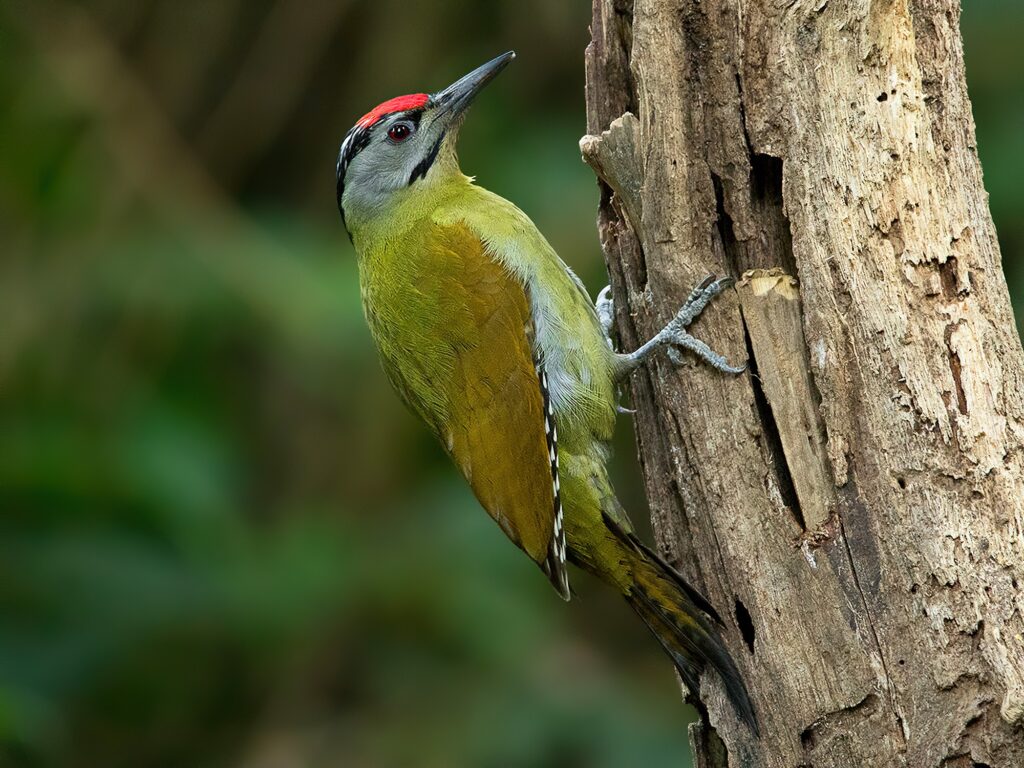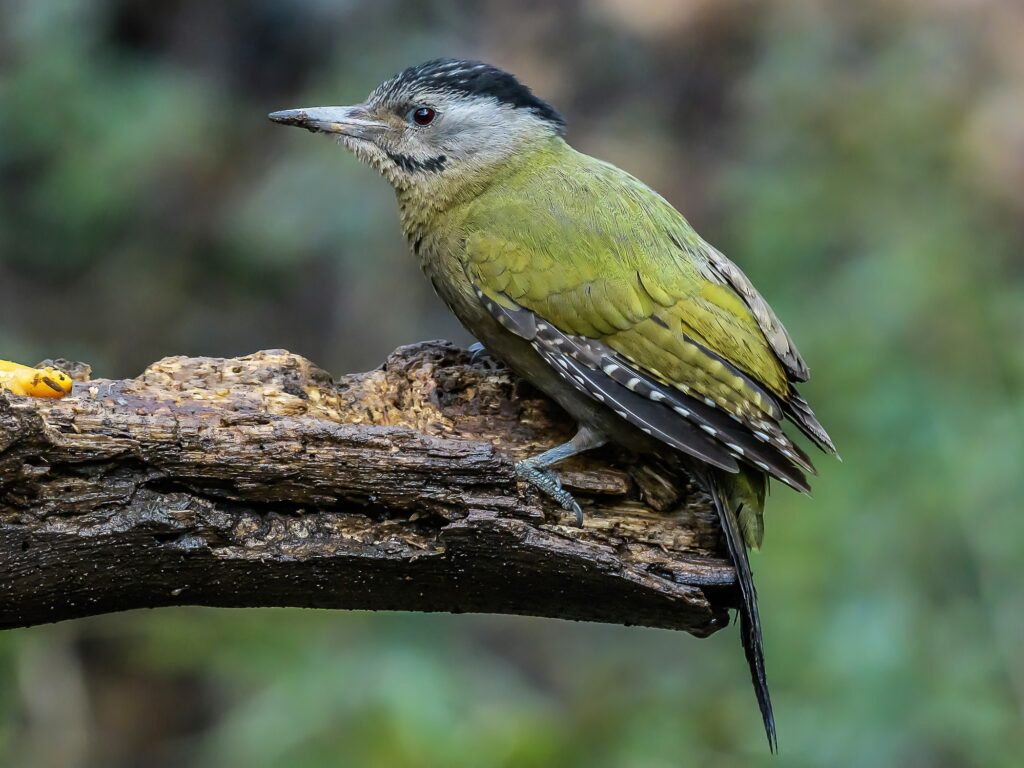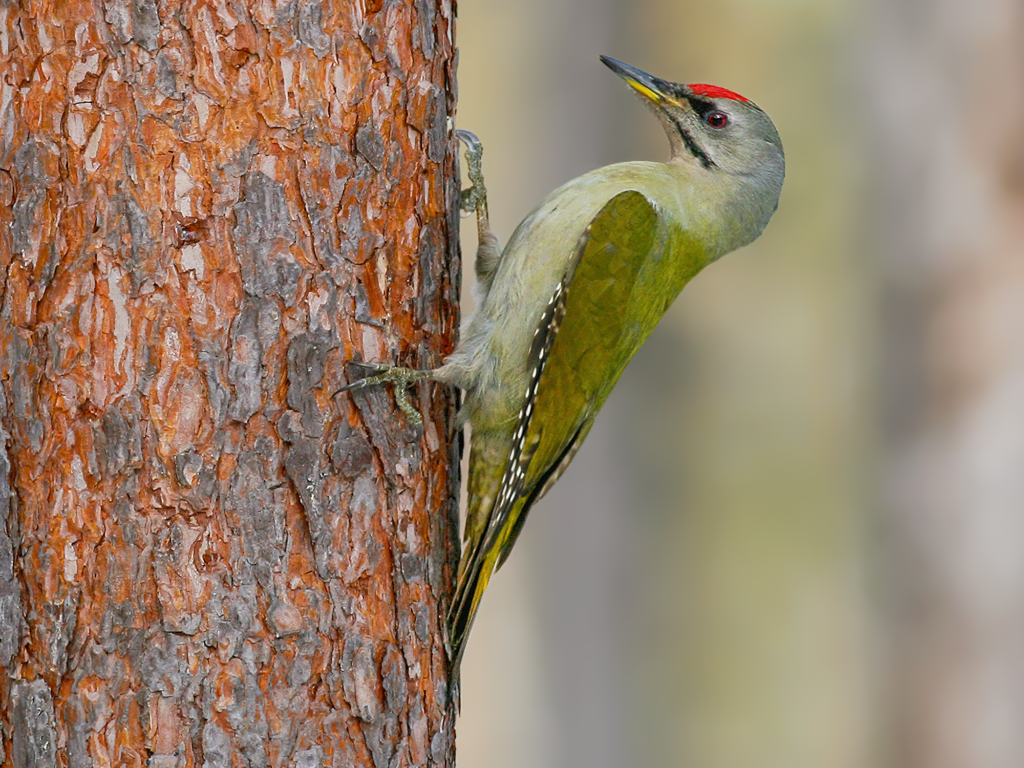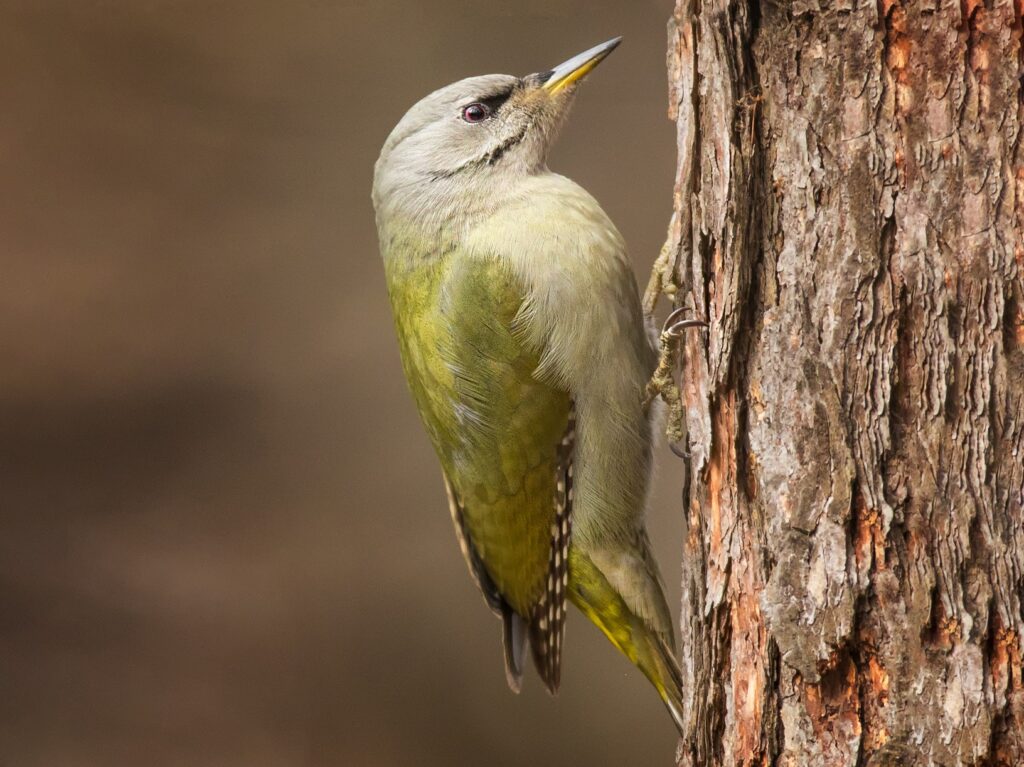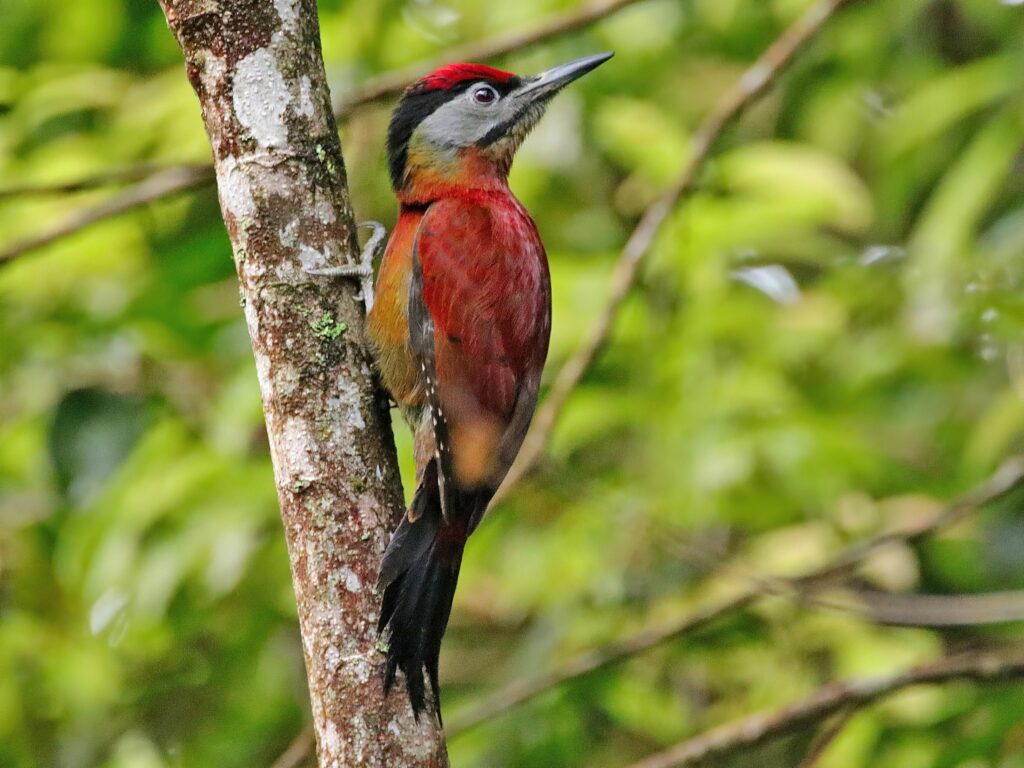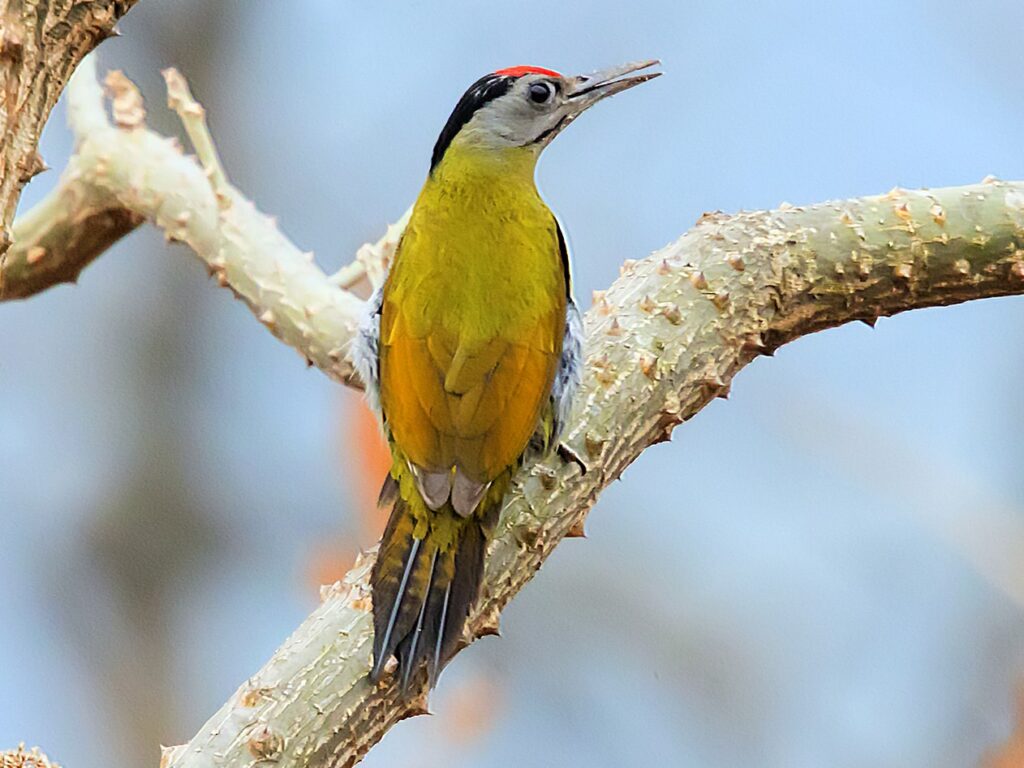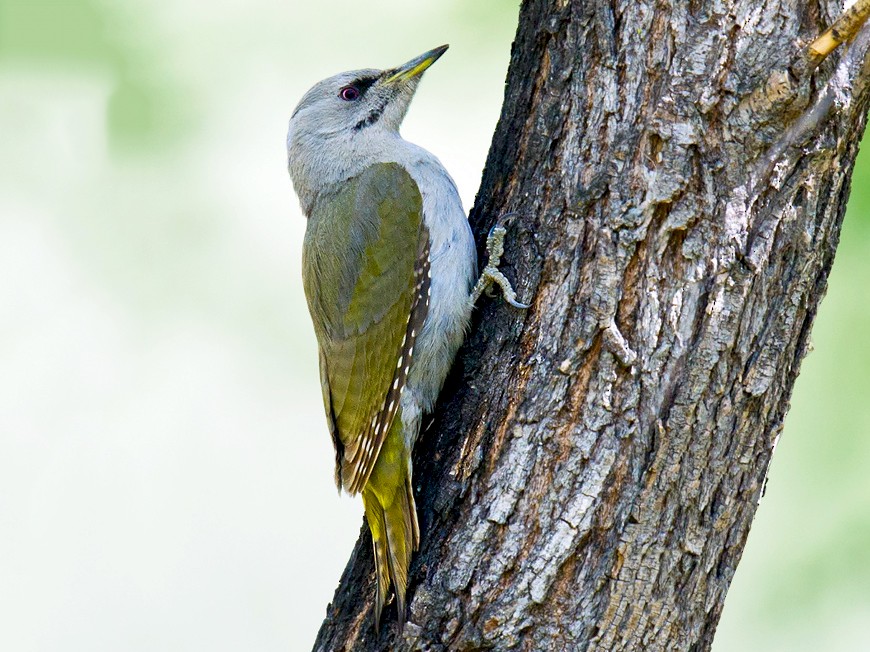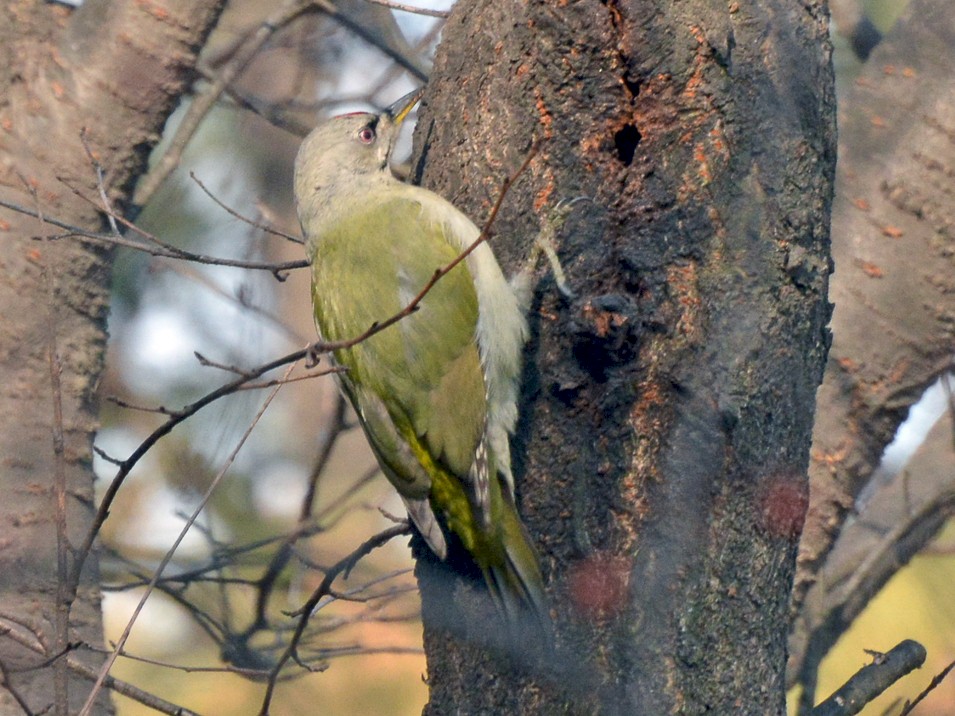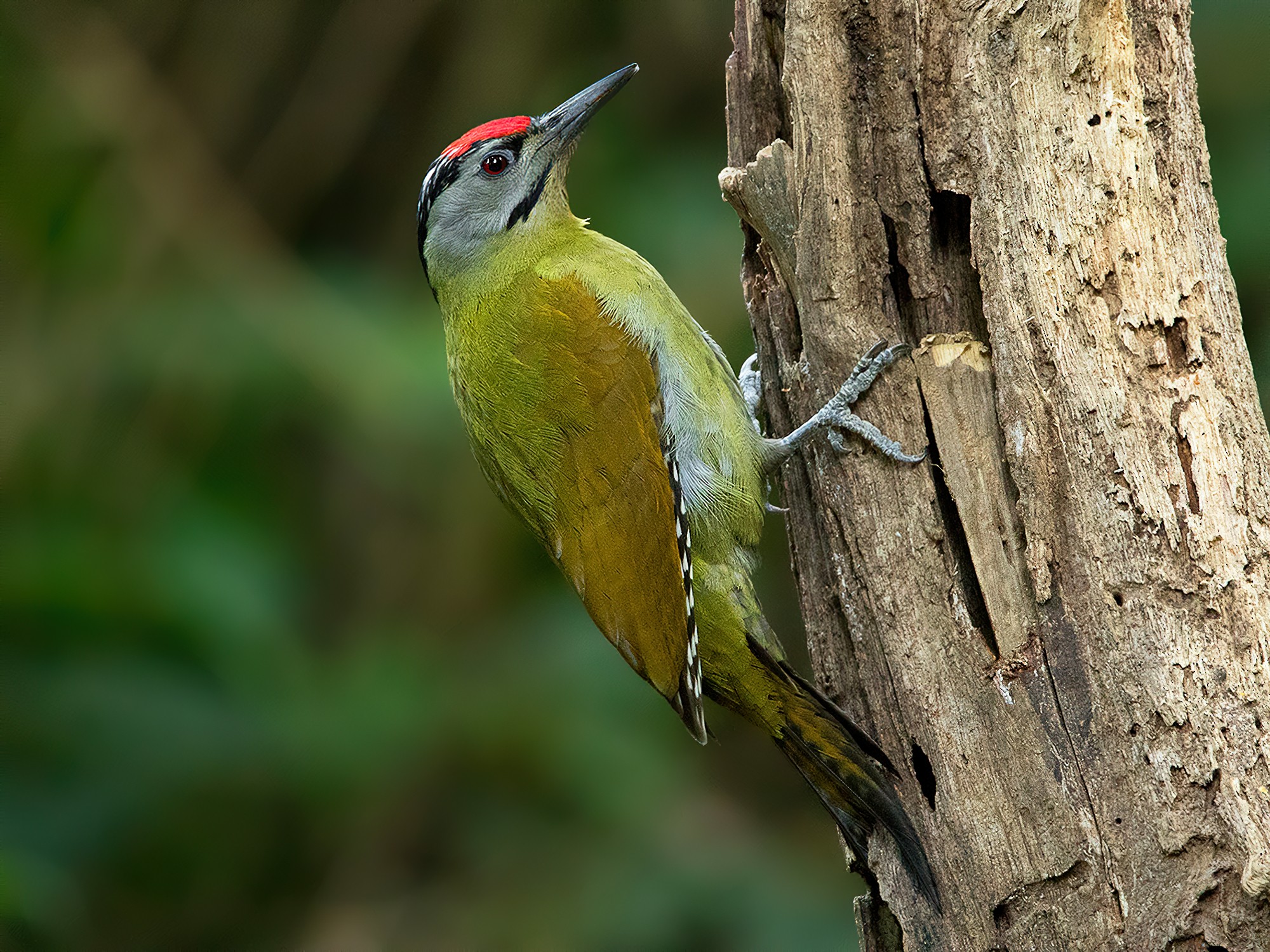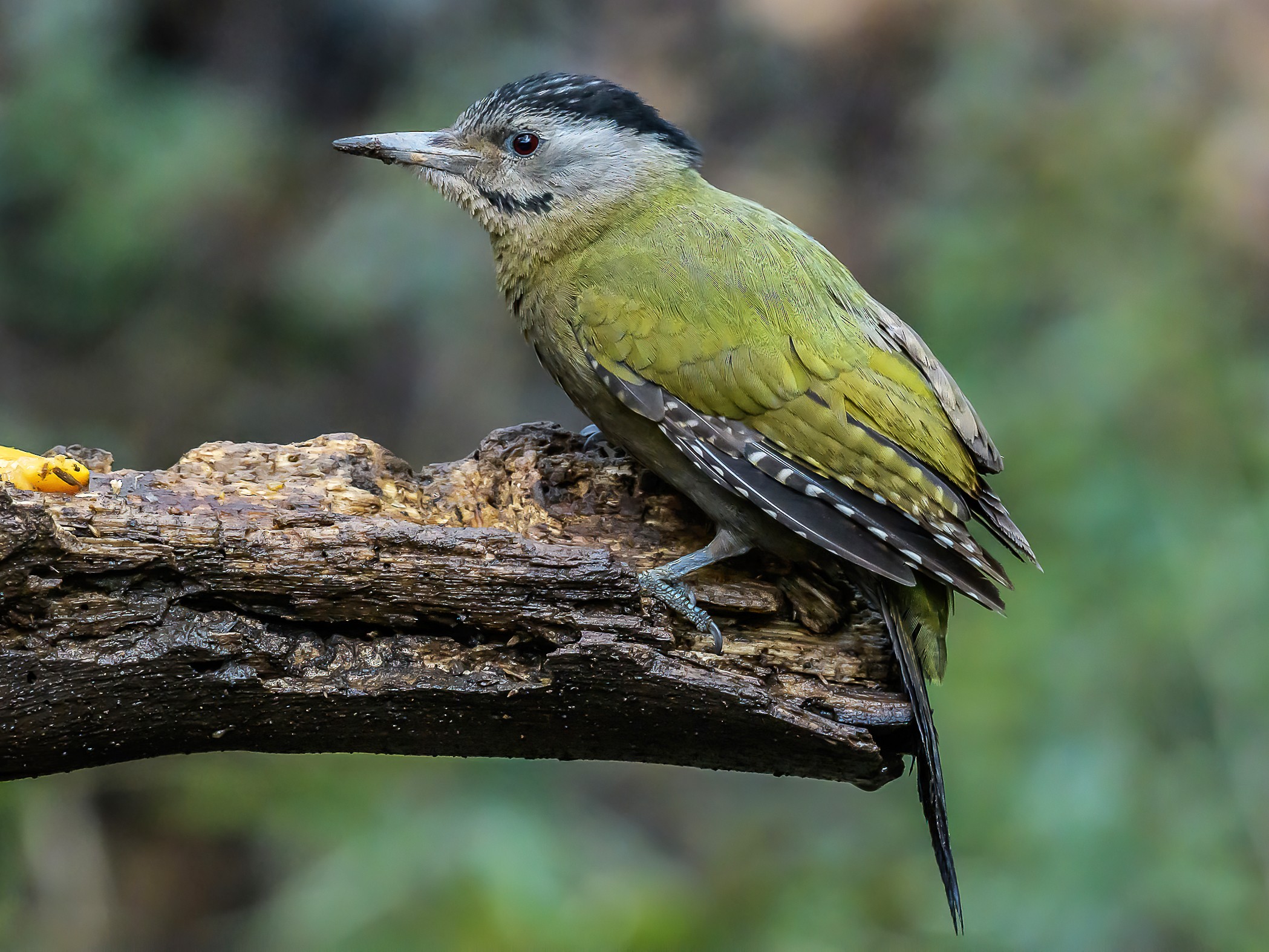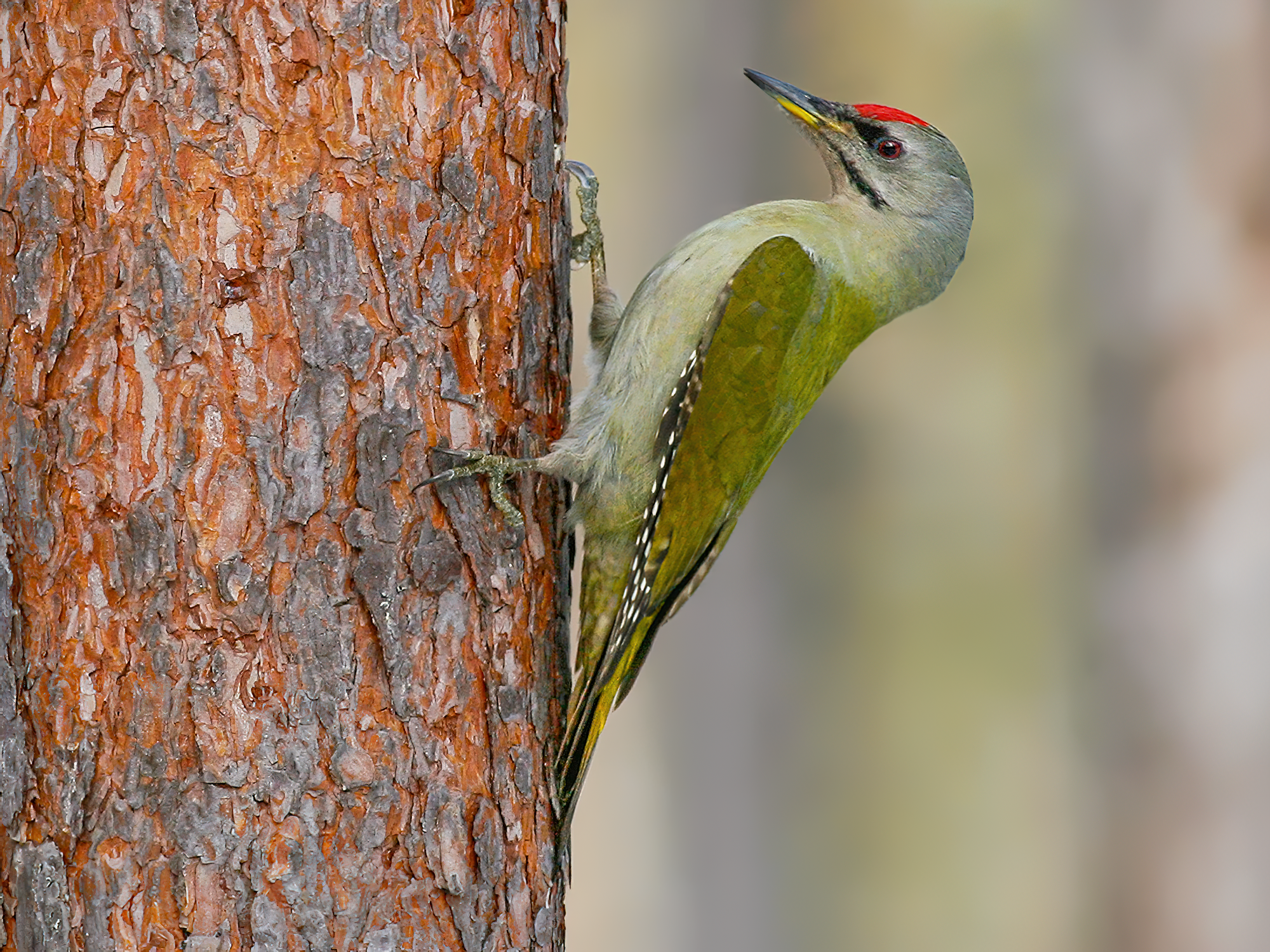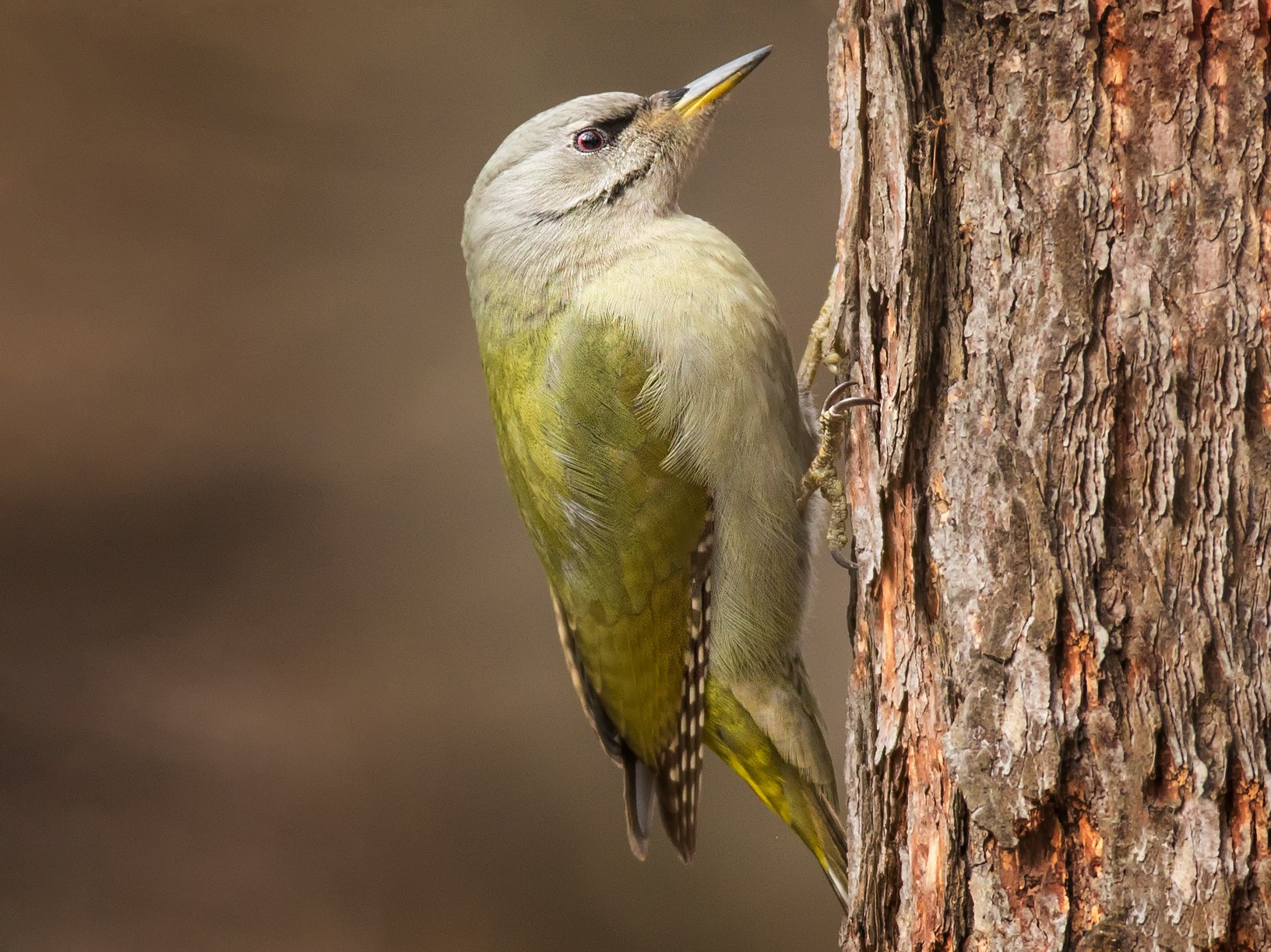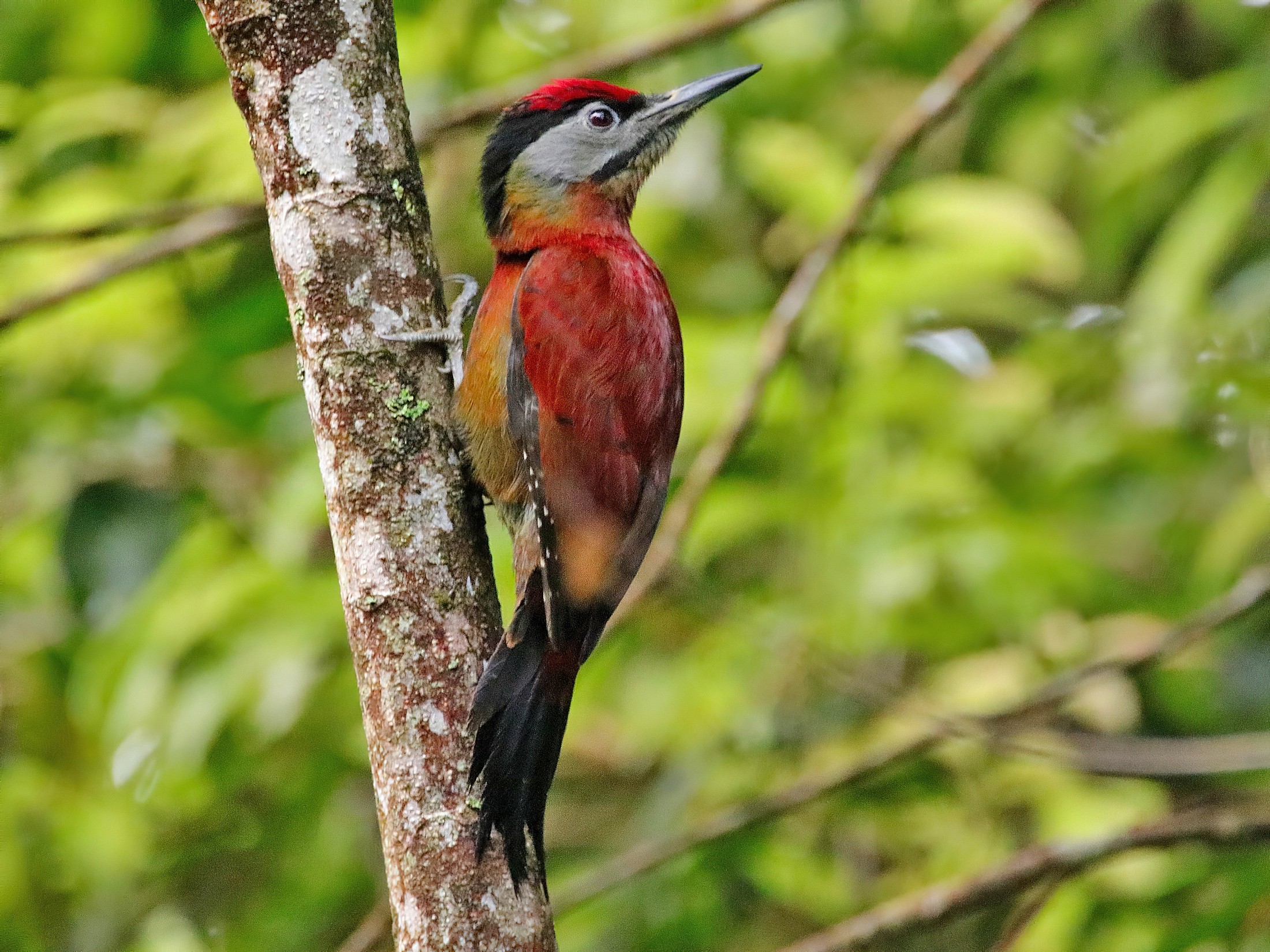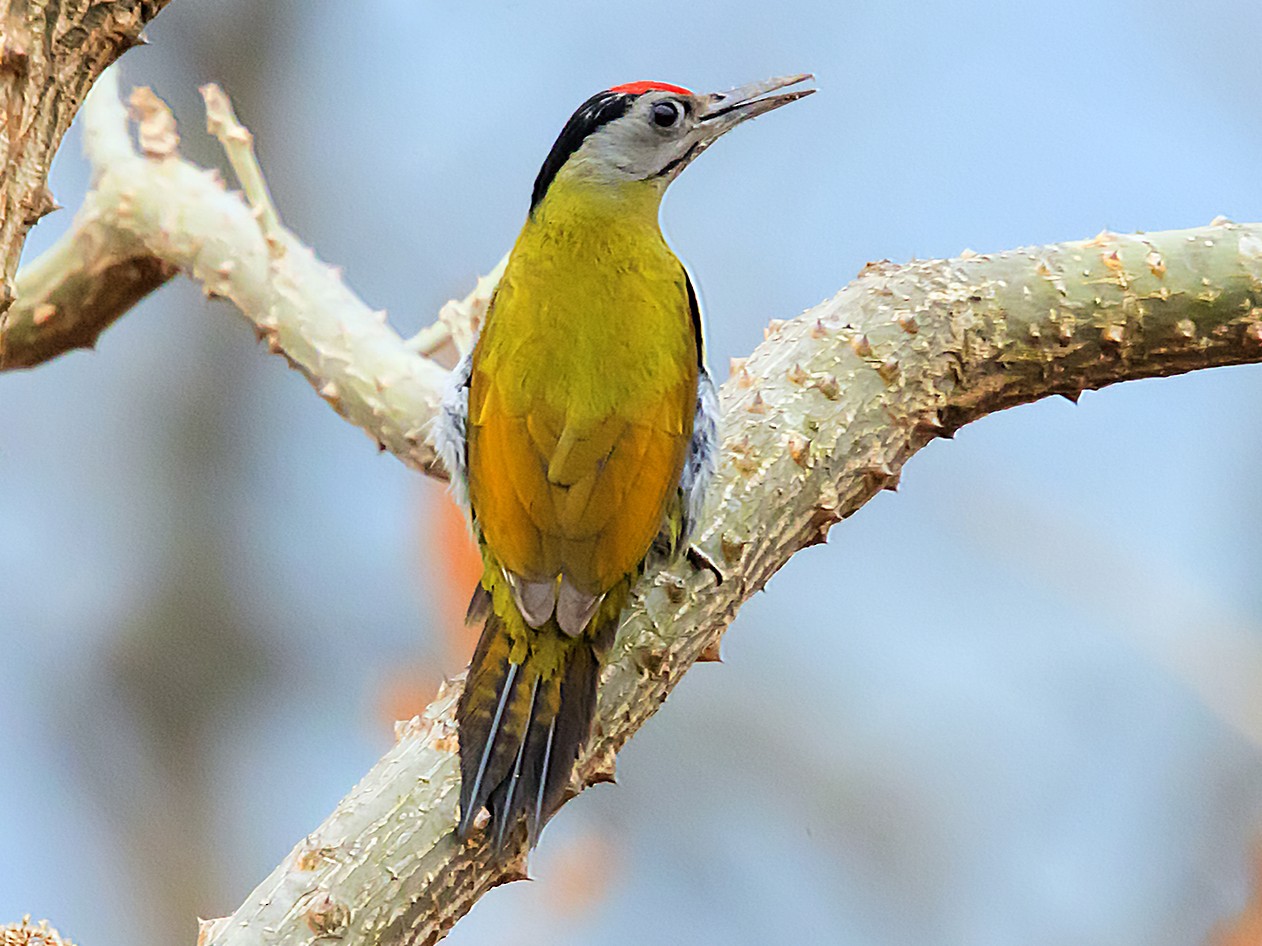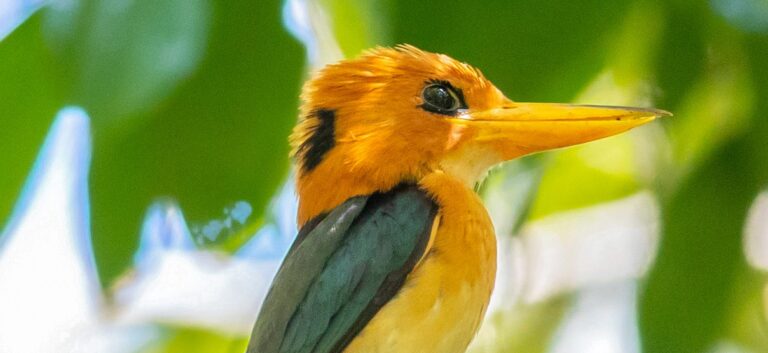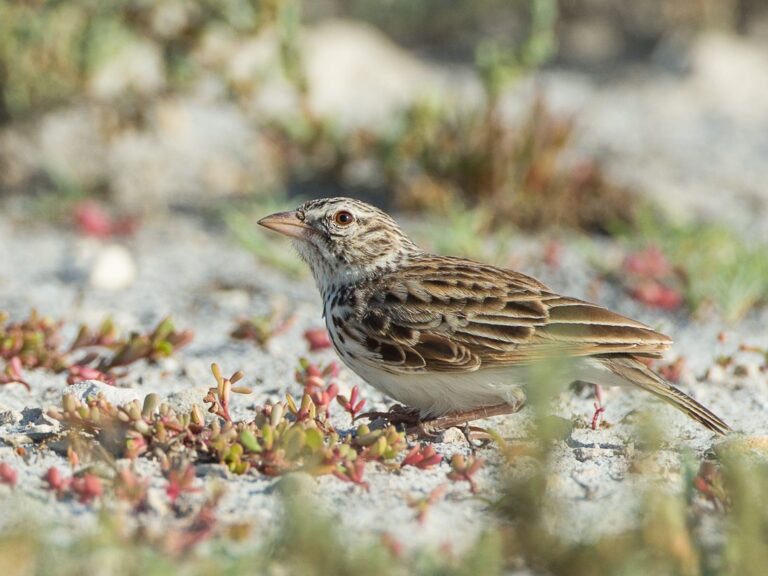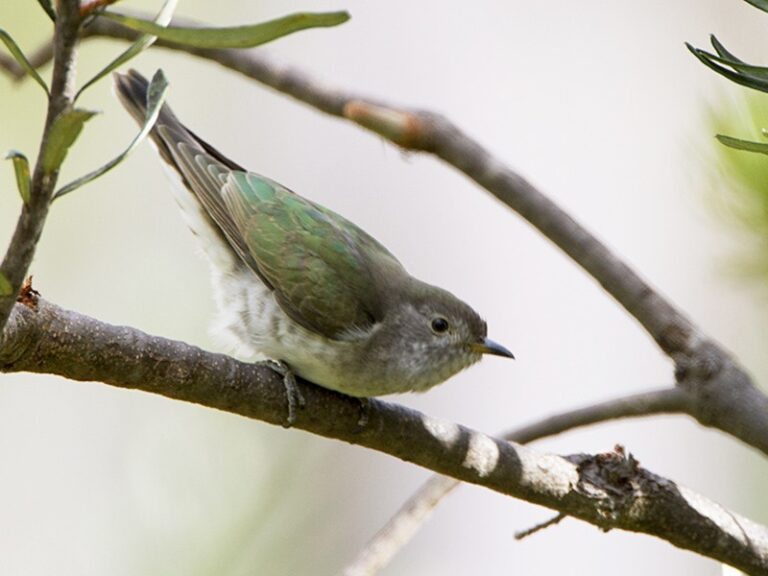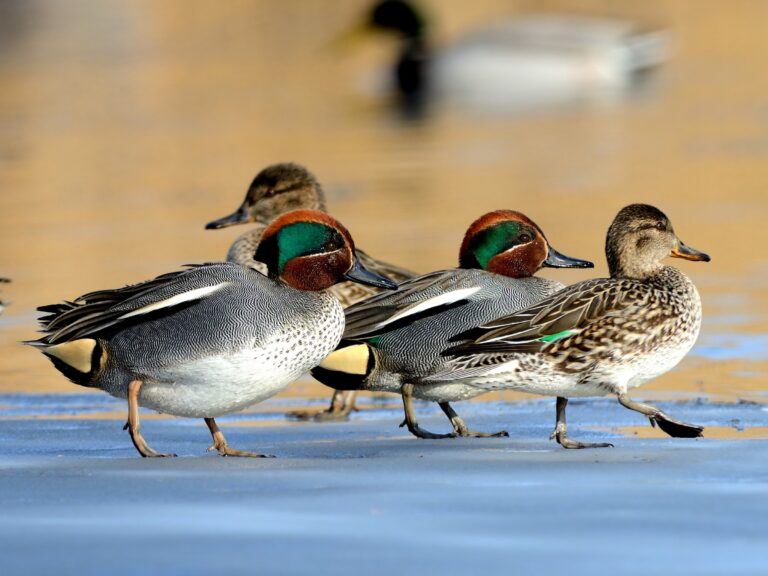Gray-headed Woodpecker: The Fascinating Life of a Unique Avian Species
The Gray-headed Woodpecker is a fascinating bird that captures the interest of birdwatchers and nature enthusiasts alike. This species is recognized by its distinctive gray head and vibrant green body, making it a unique sight in the forests it inhabits. Understanding its habitat, diet, and behaviors provides insight into the ecology of woodpeckers and their role in the environment.
These woodpeckers can be found in various regions, often preferring wooded areas with a mix of tree types. They are skilled foragers, using their strong beaks to extract insects and larvae from tree bark. Their breeding patterns and nesting behaviors add another layer to their captivating life cycle, making them an important species to observe and understand.
As conservation efforts grow, recognizing the status of the Gray-headed Woodpecker is vital for protecting its habitat. Learning more about this bird can inspire action to ensure its survival and the health of the ecosystems it supports.
Key Takeaways
- The Gray-headed Woodpecker is known for its gray head and green body.
- It primarily inhabits wooded areas, foraging for insects under bark.
- Conservation efforts are essential for protecting its habitat and ensuring its future.
Species Overview
The Gray-headed Woodpecker, known scientifically as Picus canus, belongs to the Picidae family within the Piciformes order. This section covers its taxonomy and classification as well as its distinct physical characteristics.
Taxonomy and Classification
The Gray-headed Woodpecker is classified under the order Piciformes, which includes various families of woodpeckers and related birds. Within this order, it is part of the Picidae family, which comprises woodpeckers. The species Picus canus indicates its specific identity among woodpecker species.
Different populations of the Gray-headed Woodpecker may vary slightly in characteristics and behavior based on their geographical location, which often leads to discussions about subspecies.
The classification helps ornithologists understand its evolutionary relationships and ecological roles, as well as its distribution across different regions.
Physical Characteristics
The Gray-headed Woodpecker features a striking appearance that makes it stand out. It has a distinctive gray head, which gives it its name, while its body is mainly green.
The underbelly usually displays a lighter shade, with the wings showing a mixture of green and black. Adult males possess a red patch on the back of their heads, which is not present in females.
This species typically measures about 23 to 26 centimeters in length and has a wingspan of approximately 38 to 44 centimeters. Their strong beaks are adapted for pecking at wood, allowing them to find insects and larvae inside trees.
Habitat and Distribution
The Gray-headed Woodpecker has specific habitat needs and a defined geographical range. Its distribution spans several countries in Europe and Asia, where certain environmental conditions support its survival.
Geographical Range
The Gray-headed Woodpecker is found in a broad geographical area that includes regions in Eastern Europe and parts of Russia. This bird makes its home in Norway, Switzerland, and extends to Siberia.
In Eastern Europe, countries like Poland and the Czech Republic provide suitable habitats. Populations are often concentrated in forested areas where they can easily find food and nesting sites. The woodpecker’s range varies, as it prefers locations with ample trees for foraging and nesting.
Habitat Preferences
This species thrives in mixed forests featuring a combination of deciduous and coniferous trees. It prefers habitats with old-growth forests that offer suitable nesting and feeding opportunities.
The Gray-headed Woodpecker often selects trees with specific characteristics, such as:
- Decaying wood for insect foraging.
- Large cavities that act as nesting sites.
In areas of Switzerland, they are often spotted in areas rich in mature trees. These preferences ensure that the woodpeckers can find both food and shelter, allowing them to thrive in their natural environment.
Diet and Foraging
The Gray-headed Woodpecker has specific feeding habits and prey preferences that define its diet. This woodpecker mainly forages on trees but also takes advantage of various food sources available in its habitat.
Feeding Habits
Gray-headed Woodpeckers are skilled foragers, often seen climbing trees in search of food. They methodically peck at the bark to find hidden insects. Their primary food sources include ants, larvae, and spiders, which they extract from the crevices of tree bark.
They also consume fruits when available, which provides important nutrients. This woodpecker is known to watch for the presence of insects, making it a patient forager. Its keen sense of hearing aids in detecting the movements of prey beneath the bark.
Prey and Predators
The diet of the Gray-headed Woodpecker primarily consists of small invertebrates. Ants make up a significant portion of its intake, along with larvae and spiders, which are rich in protein.
In addition to insects, fruits serve as an occasional food source during certain seasons. While the Gray-headed Woodpecker has few natural predators, they must remain cautious of larger birds of prey and habitat disturbances. This vigilance is crucial for their survival, particularly during foraging activities.
Reproduction and Lifespan
The Gray-headed Woodpecker exhibits unique nesting behaviors and a distinct growth pattern among subspecies. Understanding these elements is crucial for appreciating its life cycle.
Nesting Behavior
Gray-headed Woodpeckers typically choose tree cavities for nesting. They may excavate their own nests or use abandoned holes created by other woodpecker species. These nests are commonly located in decaying or dead trees, providing safety from predators.
The female usually lays 3 to 6 eggs, which are white and oval-shaped. Both parents take part in incubation, lasting about 12 to 14 days. After hatching, the parents continue to care for the chicks, bringing food to the nest frequently.
The selection of nesting sites is vital for the success of the next generation. Their choice impacts the survival rate of both the eggs and the young woodpeckers.
Growth and Development
After hatching, chicks are altricial. This means they are born helpless and rely on their parents for food and warmth. The young woodpeckers remain in the nest for about 3 to 4 weeks, during which time they grow rapidly.
As they mature, the fledglings begin to develop feathers and gain strength. They then experiment with climbing and flapping their wings in preparation for their first flight.
Once they fledge, they stay close to their parents for several weeks, learning to forage for insects and seeds, which are crucial for their diet. The growth period is significant for developing survival skills necessary for their future.
Lifespan varies among subspecies, but many gray-headed woodpeckers can live for several years, provided they avoid dangers such as predators and habitat loss.
Conservation Status
The Gray-headed Woodpecker (Picus canus) is currently classified as a species of “Least Concern” by the IUCN. This means it is not considered to be facing an immediate threat of extinction.
Despite its stable population in many areas, there are some concerns regarding habitat loss. Changes in land use, including deforestation and urban development, can negatively impact their nesting sites.
Protected areas play a crucial role in the conservation of the Gray-headed Woodpecker. Establishing and maintaining these areas can help preserve the necessary habitats for their survival. Research suggests that such zones can buffer short-term population declines caused by forest management practices.
Monitoring programs are essential to track changes in the population and habitat of the Gray-headed Woodpecker. These initiatives help inform conservation strategies and ensure that the species continues to thrive in its natural environments.
In summary, while the Gray-headed Woodpecker is currently secure, ongoing efforts are necessary to maintain its habitats and monitor its status. Protecting forests and creating awareness about conservation can help sustain its population for the future.
Frequently Asked Questions
Many enjoy learning about the Gray-headed Woodpecker, a unique bird. The following sections cover its characteristics, habitat, calls, and feeding habits in detail.
What are the distinguishing characteristics between male and female Gray-headed Woodpeckers?
Male and female Gray-headed Woodpeckers have similar appearances, but there are subtle differences. The male typically has a small red patch on the back of its head, while the female does not. Both genders exhibit a gray body with a greenish-yellow underbelly.
What regions are Gray-headed Woodpeckers commonly found in?
Gray-headed Woodpeckers are primarily found in parts of Europe and Asia. They inhabit forests, often in regions with a mix of deciduous and coniferous trees. These birds are commonly seen in countries like Russia, Ukraine, and parts of the Balkans.
How can one identify the Gray-headed Woodpecker by its sound or call?
The Gray-headed Woodpecker has a distinct call that is sharp and high-pitched. It often produces a series of quick, staccato notes. This call helps distinguish it from other woodpecker species in its range.
What are the key differences between the Gray-headed Woodpecker and the Pileated Woodpecker?
The Gray-headed Woodpecker is smaller than the Pileated Woodpecker. While both have striking colors, the Pileated is more predominantly black with red accents and larger in size. The calls of these two species also differ significantly.
What kind of habitat does the Gray-headed Woodpecker prefer?
This woodpecker favors mature forests with plenty of trees. It particularly enjoys areas with dead wood and decaying trees, where it can find insects. Open woodland and park-like settings are also suitable habitats.
What are the primary feeding habits of the Gray-headed Woodpecker?
Gray-headed Woodpeckers primarily feed on insects, especially ants and beetles. They are known to forage on tree trunks and branches. They may also eat fruits and seeds during certain seasons, adding variety to their diet.
